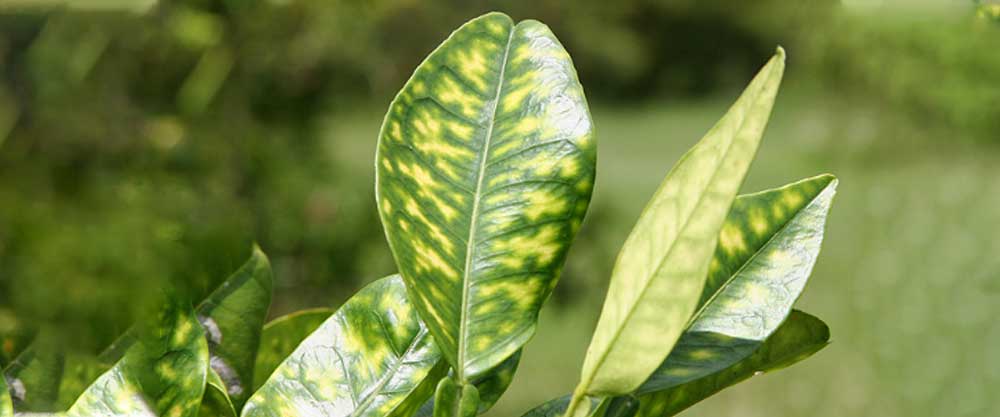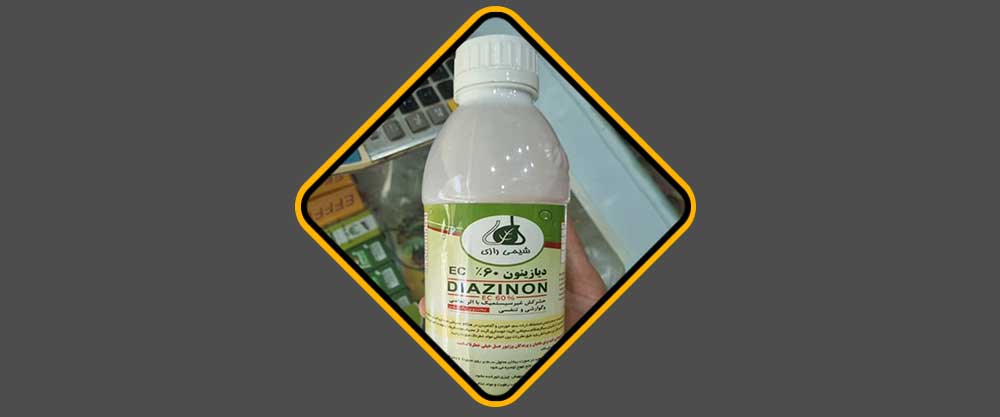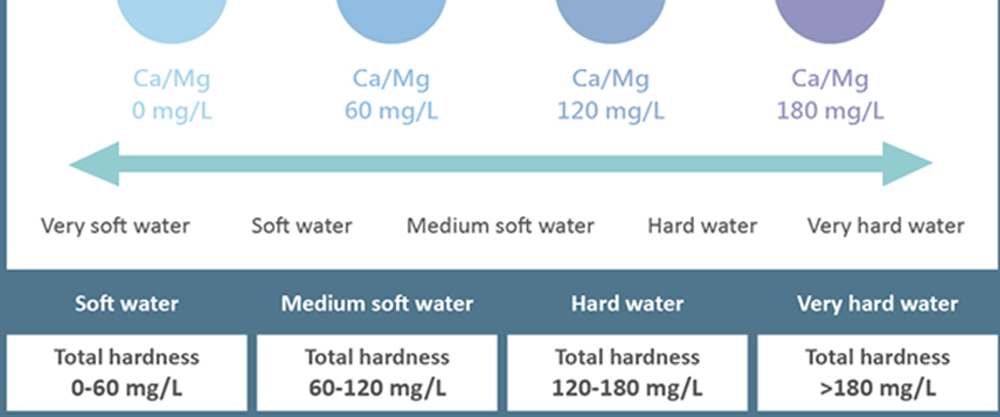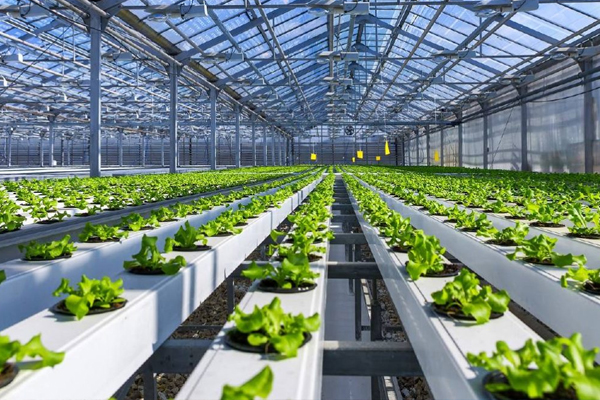Pesticide stability against rain (Rainfastness)
Rainfall is one of the most important factors that help the growth and development of plants and increase the production of agricultural products. Rain provides the necessary water for photosynthesis and the movement of nutrients throughout the plant. Crop production in 78% of the world's cultivated area relies exclusively on rainfall and practically has no reliance on permanent water sources for irrigation.
While rain is the guarantee of a plant's life, at the same time, when this rain is combined with the use of pesticides in fields, it can cause a negative effect on the performance of pesticides. Rain can wash away more than 90% of the effective substance of the pesticide from the plant.
Rainfall can affect pesticide application in several ways, including:
- Physical washing of the effective substance from the surface of the plant
- Reducing the effect of the pesticide by diluting the active substance
- Removing the active ingredient from the plant tissue
- Dispersing the active substance (which can sometimes lead to toxic effects on the plant)
What is the concept of stability against rainfastness?
This expression means the resistance ability of an effective substance on the surface of the plant against washing. This resistance can be increased by adding adjuvants in the pesticide formulation or adding it to the ready-to-use pesticide in the spray tank. Admixtures can directly and indirectly improve precipitation resistance.
In the direct method, the accompanying substance increases the adhesion of the effective substance to the surface of the plant. These are called adhesives. These have two methods and mechanisms of action:
1- Substances that increase the adhesion of the effective substance to the target surface. Such as synthetic latexes, terpenes, block copolymers, PVAc, waxes and celluloses
2- Waterproof coating - this is often useful for water-soluble active ingredients. The addition of water-insoluble adhesive increases the hydrophobicity of the effective agent and practically creates a water-resistant barrier layer. such as vegetable and inorganic oils
In the indirect method, the mechanism of action is based on the influence of the effective substance penetration, so that before any rain, a sufficient amount of the effective substance is absorbed by the plant tissue. An example of an indirect effect can be seen in surfactants such as Croda's Atplus™ UEP-100, which increase the rate of absorption of the active ingredient in aerial plant sprays. Another example of products with an indirect effect are wetting agents such as the Tween Croda range, which reduce surface tension and help spread the active ingredient on the target surface.






